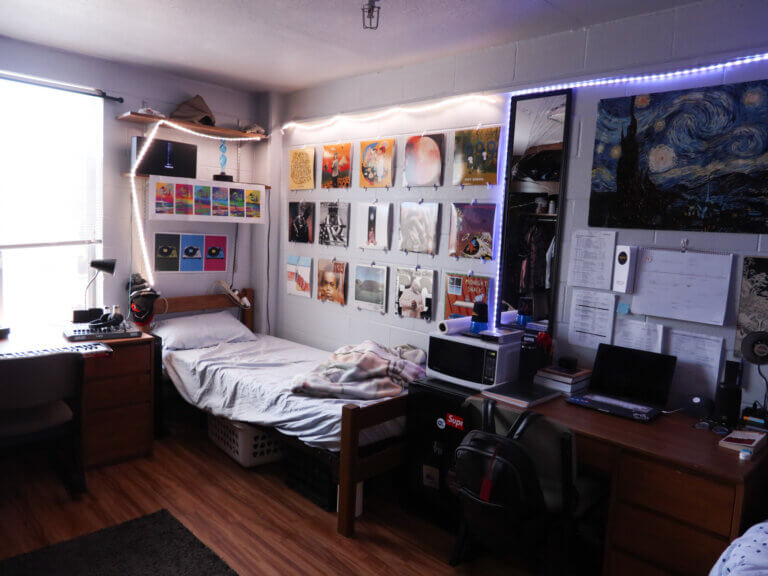
Think back to late March. Most of us were dealing with significant impacts to our daily lives in order to keep ourselves, our families, and each other healthy and safe. I for one was working at home with my wife and our three young children. During those first few weeks it seemed like offices, schools, restaurants, and other venues might never be open again. Cut to today, and we’ve all adapted and found ways to work, learn, and socialize in safer ways. I’m back in the office most days and my children are back in school. That’s because schools have worked hard to find ways to use masks, social distancing guidelines, and/or rotating schedules to make in-classroom learning work. My co-workers wear masks in communal areas and we rely on virtual meetings to avoid gathering in groups. Life hasn’t stopped. We’ve just made changes to help prevent the spread of germs and illness.
That’s what we’re seeing in the higher education market right now. For a while, I fielded a lot of questions like, “Will student housing go away?” “Will students be able to live and learn on campuses anymore?” But just as we’ve all found ways to venture back into the office, students are back on or will head back to campus. What we’re seeing now is new student housing projects incorporating design elements all focused on increasing health and safety of students. Here’s 3 things that are being added to new student housing projects:
1. Touch and Go
Elevator buttons. Door handles. Stair railing. There are a lot of touchpoints in a student housing building that can be a hot spot for germs. We’re seeing new student housing designs try to limit touch points with automatic doors or incorporating antibacterial surfaces to minimize surface contaminants in common spaces and building entries.
2. Cleaner Air
Before the pandemic, we had already seen a shift towards health and wellness in student housing which sometimes included the incorporation of operable windows in all the rooms to increase natural ventilation. I think now, improved mechanical ventilation, options for natural ventilation and other measures to improve indoor air quality, like operable windows, will become the standard students expect in their housing facilities. We already see a shift towards smaller recirculating systems and decentralized air distribution. In addition to improved filtration measures, there will be a push for new technologies such as bipolar ionization to add additional layers of protection to air quality.
3. Groups and Gatherings
Large gathering spaces remain problematic, but only in the short term. We may see options for more, smaller communal and dining areas that could be managed independently if necessary. However, despite the challenges the pandemic has presented for the basic functionality of student housing, there will always be a need for collaborative, inviting spaces that encourage students from all backgrounds to gather and share in the college experience. I think we can expect to see more green space and outdoor common areas included in student housing design moving forward to give students more options to gather safely.
The design and construction of student housing evolves as technology and student needs change. While this pandemic is something we’ve never experienced before, university leadership and student housing developers are experienced at adapting to change. As students return to campus or new students head off to college, they will expect a safe environment that is actively minimizing their risk as well as one that provides the flexibility as needs arise. These design elements as well as improvements to infrastructure for remote learning and more robust student health facilities will allow universities to continue to provide quality education in safe environments, now in this current climate and well into the future.

